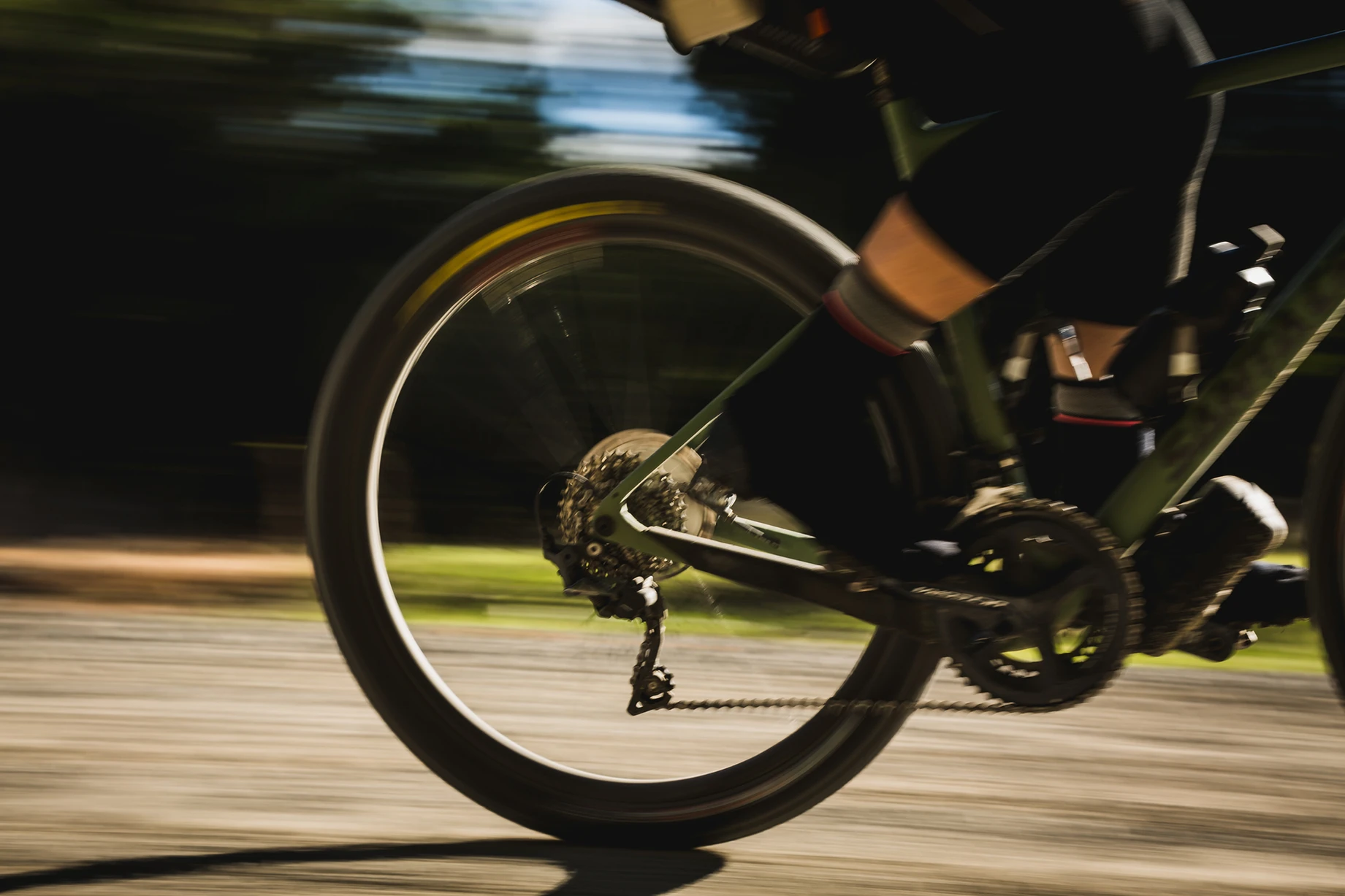Reviewed by Liam Friary
Distributed by Marleens
RRP: From $110
As gravel bikes have evolved, the rubber and – mainly – the tyre clearances, have evolved. It seems bigger is better, not only for comfort and durability but also rolling resistance. It’s now common for adventure bikes to have enough clearance for mountain bike tyres. Adventure bikes are starting to look more and more like an old school 90s hard-tail cross-country bikes. What goes around comes around, aye?
Mountain bike tyres are often optimised for grip by employing soft rubber compounds in their construction. Which is good for the trail, but might not be the best for a backcountry bikepacking mission. However, there are a few tyres out there that are fit for purpose when it comes to covering rough mixed terrain in a swift manner. The Maxxis Ikon 2.2” 650b tyres were fitted to the Santa Cruz Stigmata that I took into Te Urewera.
Maxxis are one of the most dominant players within the mountain bike scene. They have undoubtedly the best reputation for making the most durable, high mileage tyres – in particular, their models with the EXO casing. There’s a few casing options available for the Ikons but we opted for the 2.2″ with the reinforced EXO casing, with 3C rubber and Tubeless Ready (TR) bead. The EXO reinforcement offers some insurance against flats, whilst the 3C triple rubber compound wears well and is quite grippy without being squirmy, which is especially important when you’re riding on hard-packed gravel.

Into Te Urewera and under the loaded (with bikepacking bags) Stigmata, the Ikon tyres initially felt too big for the job; I was on the tarmac after all. However, I entered the first gravel sector in less than one kilometre. Once on the rough roads, the bigger footprint that the MTB tyre offered was supreme. The allowance of more tyre girth helped me negotiate the rutted parts of the road, without having to use all of my bloody arm strength. In fact, the tyres soaked them up so well that in the end I lined up the ruts and potholes. The Ikons seemed to absorb road bumps and vibrations, and, as the ride went on, I become more and more confident with the larger contact area, especially in the ‘enhanced grip characteristics’ department.
The descents were the most fun… well, they normally are anyway, but they were even more fun with the Ikons. What was most noticeable was that the bike felt more sure-footed, especially cornering on looser surfaces and at speed. I didn’t need to wipe off too much speed when approaching cambered corners as I could tilt the bike over more. The Ikons are made up of a durable rubber which populates the tyre’s centre, while a softer/grippier compound is used for cornering knobs.This is what was helping me hold my line on the descents.
Of course, there was some sacrifice on the sealed road when transferring to the next gravel section, but it was far less noticeable than you’d expect. In fact, with an increased tyre size – and at lower pressure – the rolling resistance is increased. I ran these tyres at around 20psi in the front and 25psi in the rear. At this pressure, the rolling speed was about right for my weight and the weight of the bikepacking bags. To compare, I ran the Maxxis Crossmark 2s on the Curve Kevin (Uncle Kev) and they were a little harder to get up and running. They just needed more work – this was down to the TPI (Ikons are 120 TPI, while Crossmark 2s are 60 TPI) and the tread pattern. There was increased grip with the Crossmark 2s, but overall I thought the tyres were too much for a rider wanting to do a mix of road and gravel. However, they would be perfect for those who want to be off-road and deep into access roads, trails and whatever else they might encounter. Also, the Ikons were a breeze beading up, and the Crossmark 2s were not so much so.
MTB 2.2” 650b tyres aren’t gonna be for everyone, and won’t be able to fit onto some bikes. But, if there’s an option to get some rubber of this size into your frame, and you want to explore gravel roads in remote places, then the Ikons are well worth considering.

